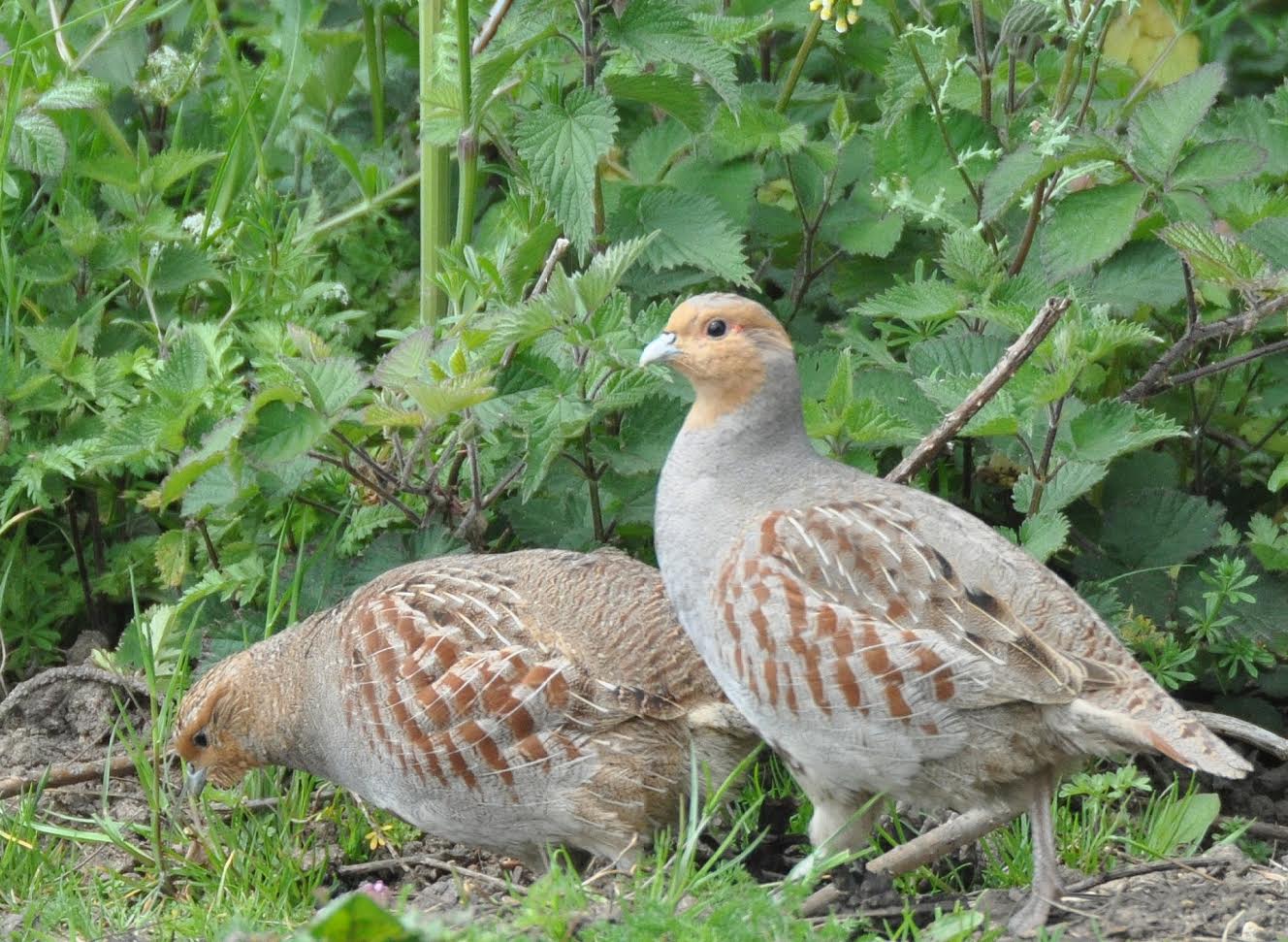
The Game & Wildlife Conservation Trust is calling on farmers and landowners to count the numbers of wild grey partridges they have on their shoots and take measures to ensure grey partridges survive the coming autumn and winter months.
Caution and conservation are the watch words for wild grey partridges according to the GWCT, but this year "extra care" is needed.
With the 2016 GWCT Partridge Count Scheme autumn counts now well underway, farmers and gamekeepers across the UK are starting to return their findings and initial reports give some cause for concern.
Roger Draycott, Head of Advisory at the GWCT comments: "Initial reports give a very patchy picture across the UK.
"In some parts of England, chick production appears to have been low.
"Although breeding success is not as bad as it was following the summer of 2012, which was the worst summer for grey partridges this century, chick survival could well be the lowest it has been since then.
"Consequently, care needs to be taken to ensure enough birds survive this autumn and winter to sustain breeding densities next spring.
"In Scotland, the few counts reported so far indicate a similar situation, although the uncertainty there is greater, as many farmers have yet to finish their harvest."
Key messages
Gamekeepers and anyone who shoots need to assess any wild grey partridges they have this autumn, before they begin shooting.
They need to ensure that their shoot bag will be set at a sustainable level to safeguard the number of grey partridges breeding on their ground.
For this, the GCWT strongly encourage them to be involved in the Partridge Count Scheme.
In order to sustain the number of birds into the spring they need to maintain effective over-winter cover crops and tussocky grass margins and not cut or plough them until next spring.
These habitats allow birds a means of escape from predation as well as providing, together with supplementary food, additional late-winter food to fill the ‘Hungry-gap’.
Roger Draycott continues: "Our Grey Partridge Conservation Guide outlines six golden rules for game shooters/gamekeepers when it comes to grey partridges."
Six golden rules
1. Do not shoot wild grey partridges if you have fewer than 20 birds per 250 acres (100 hectares) in the autumn. Below this level the population has little ability to compensate for shooting losses.
2. Stop shooting wild grey partridges as soon as the threshold of 20 birds per 250 acres (100 hectares) is reached.
3. Avoid shooting grey partridges after the end of December. Birds pair up in the new year and shooting at this time reduces the breeding stock.
4. Never shoot at grey partridges that are in pairs.
5. With driven red-leg or pheasant shooting, take special precautions to ensure that wild greys are not shot at the same time. Warn the guns if grey partridges may be on the drive and make them aware that higher birds in tight coveys might be greys. A system of whistles and flags for beaters to warn guns that greys have been flushed could be arranged with observers in the line of guns doing the same. Remember – If in doubt, don’t shoot.
6. Do not shoot grey partridges at all unless you take steps to conserve them.
